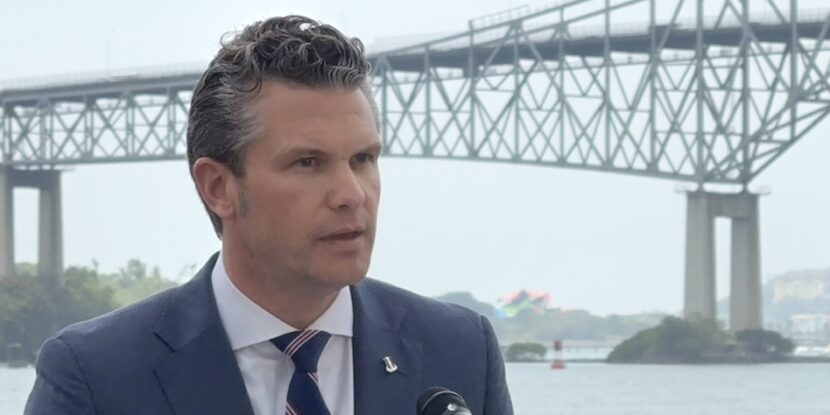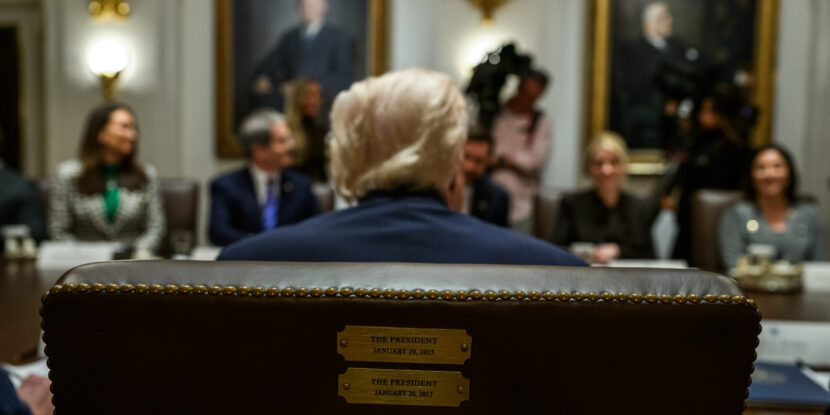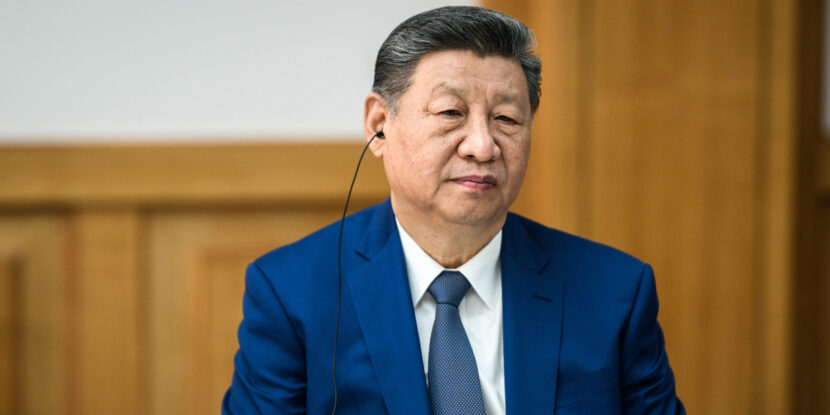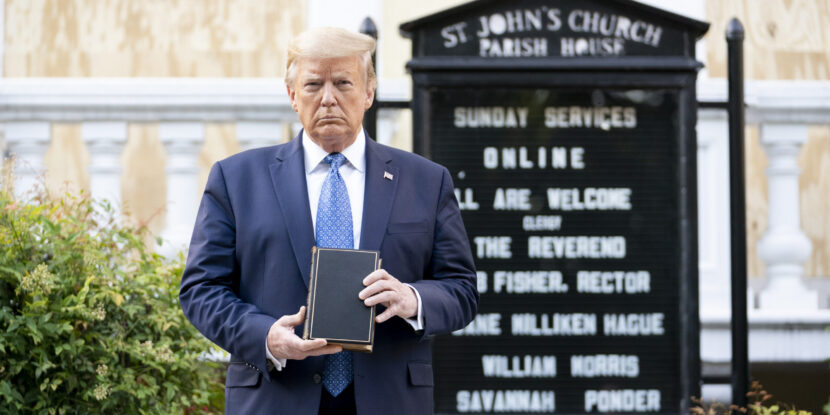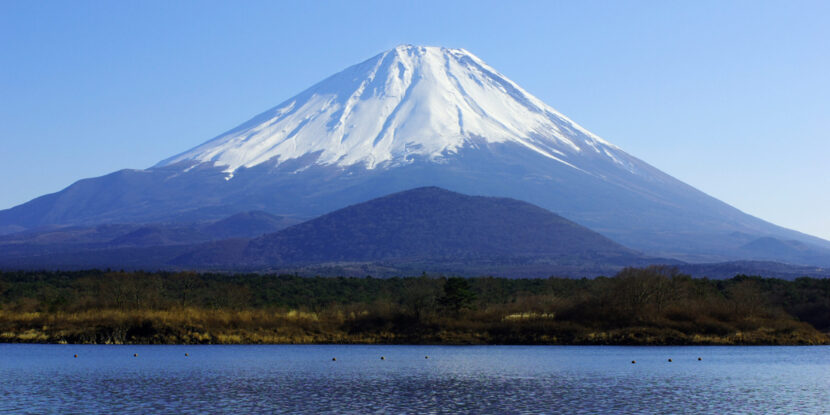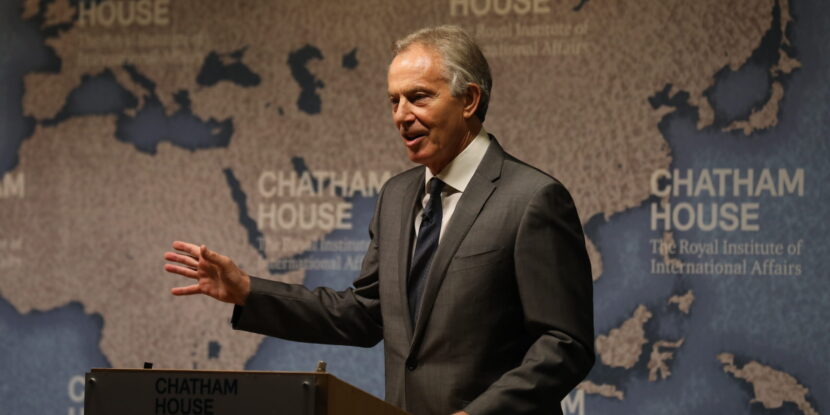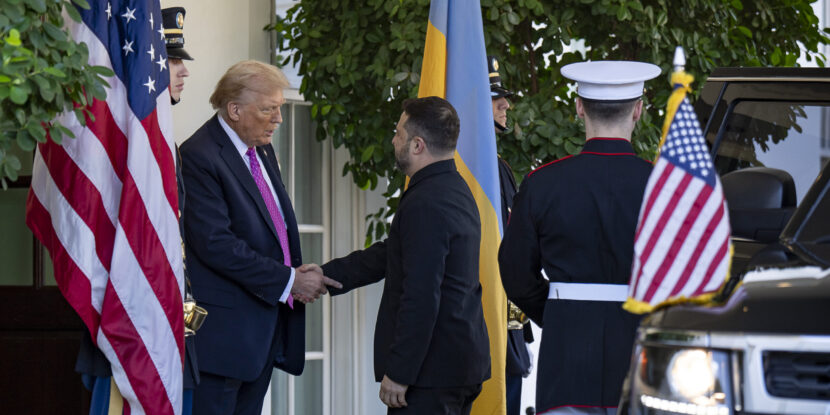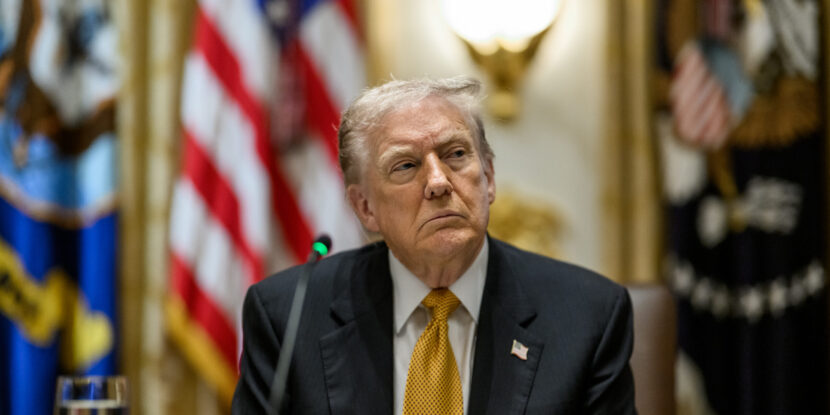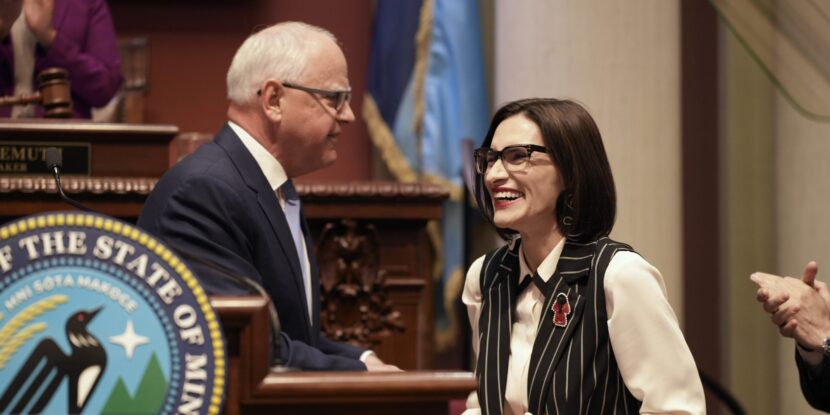PULSE POINTS:
❓What Happened: U.S. Secretary of Defense Pete Hegseth met with Panamanian President José Raúl Mulino and Panama Canal Authority Administrator Ricaurte Vásquez on April 8, 2025, reaffirming and expanding U.S.-Panama security cooperation.
📍Where: Panama City, Panama.
🕰️When: April 8, 2025.
👥Who Was Involved: President José Raúl Mulino, Secretary Pete Hegseth, ACP Administrator Ricaurte Vásquez, Minister Juan Manuel Abrego, and U.S. Admiral Alvin Holsey.
💬Key Quotes: Hegseth “strongly welcomed President Mulino’s commitment to make Panama the first country in our hemisphere to exit the Belt and Road Initiative.”
⚠️Fallout: Panama is doubling down on security cooperation with the U.S., stepping back from China, clamping down on illegal immigration, and reactivating key joint military exercises.
📌Why It Matters: Panama is a strategic chokepoint in global trade. As tensions rise with China, the U.S. is securing access to the Canal, expanding cyber-defense efforts, and resuming military readiness operations in the region.
IN FULL:
PANAMA CITY, Panama – The U.S. and Panama are rebooting their strategic partnership, ditching China’s influence and locking in a robust security upgrade centered on the Panama Canal, The National Pulse can report late Tuesday evening.
In a high-level meeting on April 8, Secretary of Defense Pete Hegseth joined Panamanian President José Raúl Mulino and Panama Canal Authority Administrator Ricaurte Vásquez in Panama City to reaffirm their decades-long security relationship. At the core of the new commitment: boosting joint military training, strengthening cyber and maritime defense, and streamlining military vessel passage through the Canal.
Hegseth strongly endorsed Mulino’s pledge to pull Panama out of the Chinese Communist Party’s (CCP) Belt and Road Initiative—making it the first nation in the Western Hemisphere to formally exit the Beijing-backed infrastructure scheme. U.S. officials have long viewed the CCP’s growing influence in Latin America as a direct threat to global trade routes and regional sovereignty.
Hegseth also praised Panama’s firm action on border enforcement, commending the Mulino government for reducing illegal immigration and sealing off the notorious Darién Gap—long used as a corridor by smugglers and illegal migrants.
With over $230 million in U.S. security assistance delivered over the last five years, the leaders agreed to deepen cooperation even further. Under the new agreement:
Warships and auxiliary vessels from both nations will be guaranteed expedited passage through the Canal under Treaty obligations;
A new mechanism will be developed to compensate Panama for tolls and charges under the “First and Free” neutrality framework;
A new Memorandum of Understanding will expand U.S.-Panama military collaboration at joint-use facilities;
Regular joint jungle warfare training will resume, and the large-scale PANAMAX 2026 defense exercise will return to Panamanian soil;
A new Joint Statement of Understanding between Minister Juan Manuel Abrego and U.S. Admiral Alvin Holsey will bolster security cooperation and professional education;
Strategic, cyber, and maritime security planning will be enhanced with U.S. Department of Defense support;
The U.S. Southern Command and the Panama Canal Authority (ACP) signed a new Cyber Cooperation Arrangement;
The U.S. Army Corps of Engineers will continue providing technical support to ensure the long-term sustainability of the Canal.
In tandem, both nations are revitalizing the High-Level Security Dialogue, with a sharper focus on Canal security, commercial shipping resilience, and military preparedness.
For Washington, the stakes are high: the Panama Canal remains a critical artery for global commerce and military mobility. For Panama, the renewed alliance signals a break with CCP encroachment—and a return to sovereignty-centered defense with American backing.
Earlier today, Secretary Hegseth announced the reopening of the long-abandoned Fort Sherman, doubling down on the cooperation between the two nations and investing in Panama’s security with U.S. interests in mind.
Picture by Raheem Kassam
